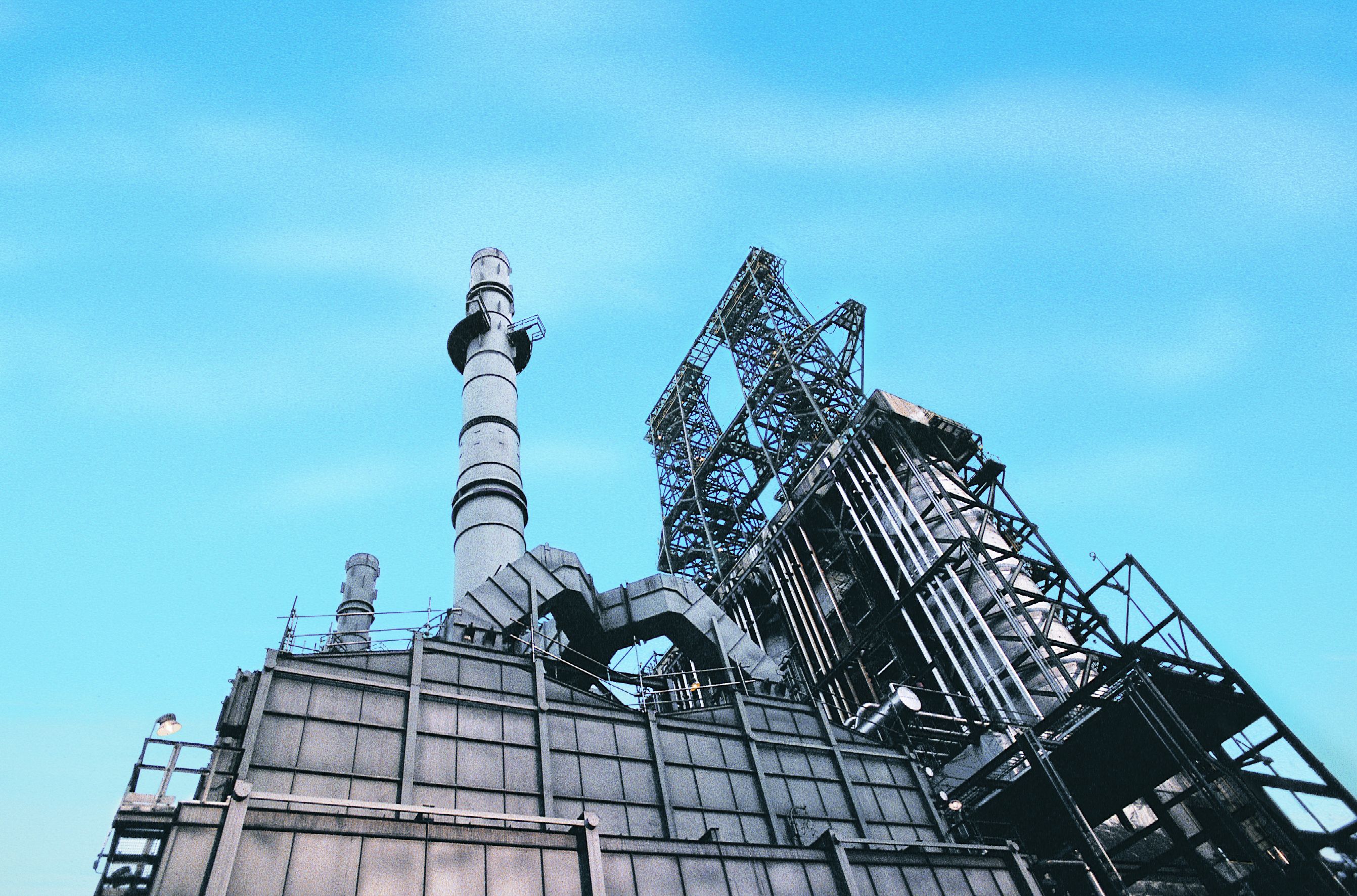Contrarian investors are sifting through the wreckage in the energy sector in search of beaten-up stocks that might offer a shot at some big upside gains.
Let’s take a look at Baytex Energy Corp. (TSX:BTE)(NYSE:BTE) to see if it is an attractive contrarian pick today.
Tough times
Baytex traded for $45 per share three years ago and paid an annualized dividend of $2.88.
Today, investors can pick up the stock for close to $3, and the dividend is long gone.
Falling oil prices are primarily responsible for the rout, but Baytex has been hit harder than some of its peers due to the size of its debt load.
The company made a major acquisition in June 2014, right at the peak of the oil market, and the additional debt taken on to cover the purchase put Baytex in a precarious situation.
By the middle of December that year, the stock dropped below $16.
Management has actually done a good job of keeping Baytex alive. The company cut its dividend early, renegotiated terms with lenders when there was still an opportunity to do so, and raised a nice chunk of capital during the brief price recovery in 2015.
In addition, Baytex has reduced costs and is focusing its capital spending on its top assets.
The stock remains volatile due to the debt load. At the end of Q2 2017, long-term debt was still $1.8 billion, which is a lot for a company with a market capitalization of about $750 million.
However, Baytex has also managed to hold on to most of its assets through the difficult times, and that means there is strong upside potential if oil prices recover through the end of 2017 and into next year.
Oil market outlook
WTI oil started 2017 near US$55 per barrel, but drifted lower through the first half of the year, falling below US$43 in June.
Bulls say OPEC’s efforts to reduce supplies by 1.8 million barrels per day through next March will eventually balance the market and drive prices higher.
Bears don’t think OPEC and its partners are going to be able to hit their targets, and if they do succeed, rising U.S. production will cut the knees out of any potential gains in the oil market.
American output is up about 10% in the past year.
For the moment, WTI oil looks like it is stuck in a range of US$45-55 per barrel unless a major event sends its soaring above US$60 or crashing back down to the 2016 lows.
Should you buy Baytex?
The decision depends on where you think oil is headed.
If you are an oil bull, and can handle some serious volatility, Baytex offers attractive upside potential on a surge in crude prices, and it might be worthwhile to start a small contrarian position.
Investors who are not that optimistic on the oil market should probably look for other opportunities today.







